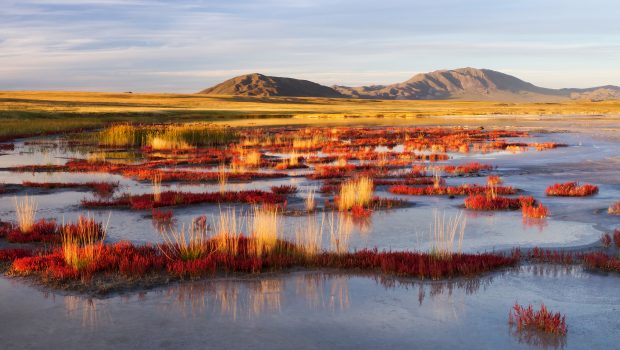The Mongolian landscape unfolds as a breathtaking tapestry of untouched beauty, where vast expanses of rugged terrain and untamed wilderness merge seamlessly with the nomadic spirit of its people. Nestled between China and Russia, Mongolia’s vastness is a testament to the harmony between the raw power of nature and the resilient traditions of its inhabitants.
Rolling grasslands, punctuated by dramatic mountain ranges and tranquil lakes, create a backdrop that has nurtured a unique way of life for centuries. From the windswept steppes to the towering Altai Mountains, Mongolia’s landscape beckons adventurers and seekers of untouched vistas to explore its enchanting and unspoiled realms.
10 Destinations for Landscape Photography in Mongolia
Gobi Desert
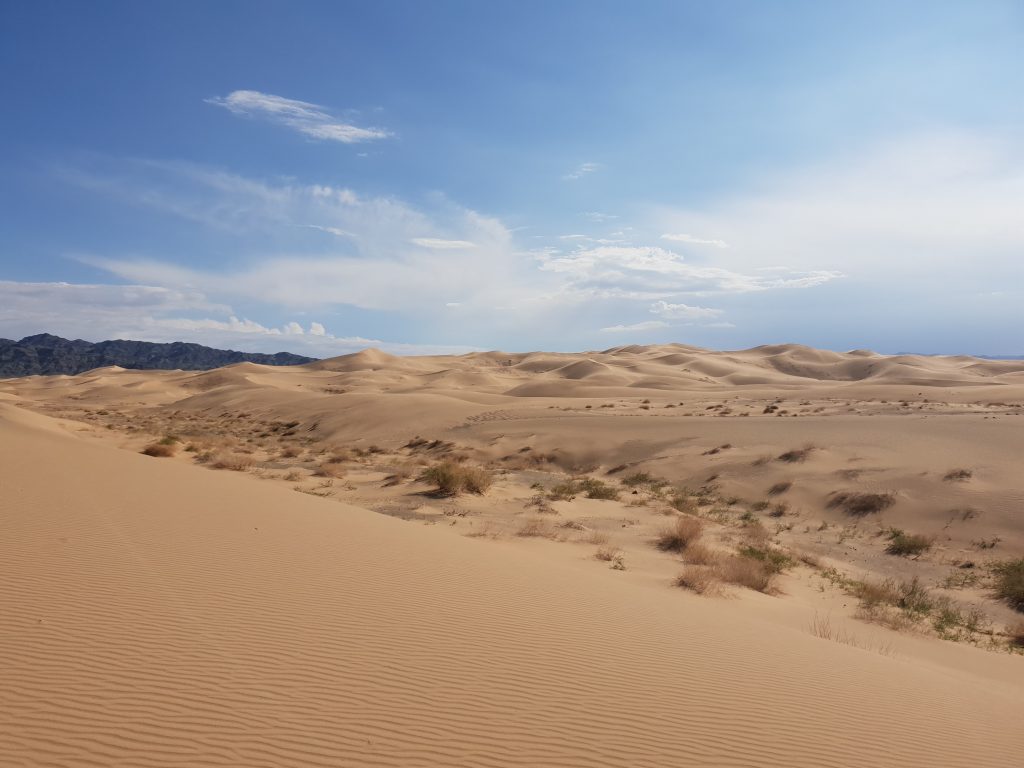
The Gobi Desert is a realm of extraordinary diversity, where vast stretches of rolling sand dunes intermingle with rugged mountains and dramatic rock formations.
As the sun graces the horizon, the dunes come alive with shades of gold and amber, casting intricate patterns and textures across the landscape. Photographers are presented with a unique opportunity to capture the desert’s ever-changing character, from the tranquil elegance of dawn to the fiery brilliance of sunset. Beyond the visual spectacle, the Gobi’s desolate beauty invites photographers to explore the interplay between isolation and grandeur, resulting in images that convey the raw power of nature.
Khuvsgul Lake
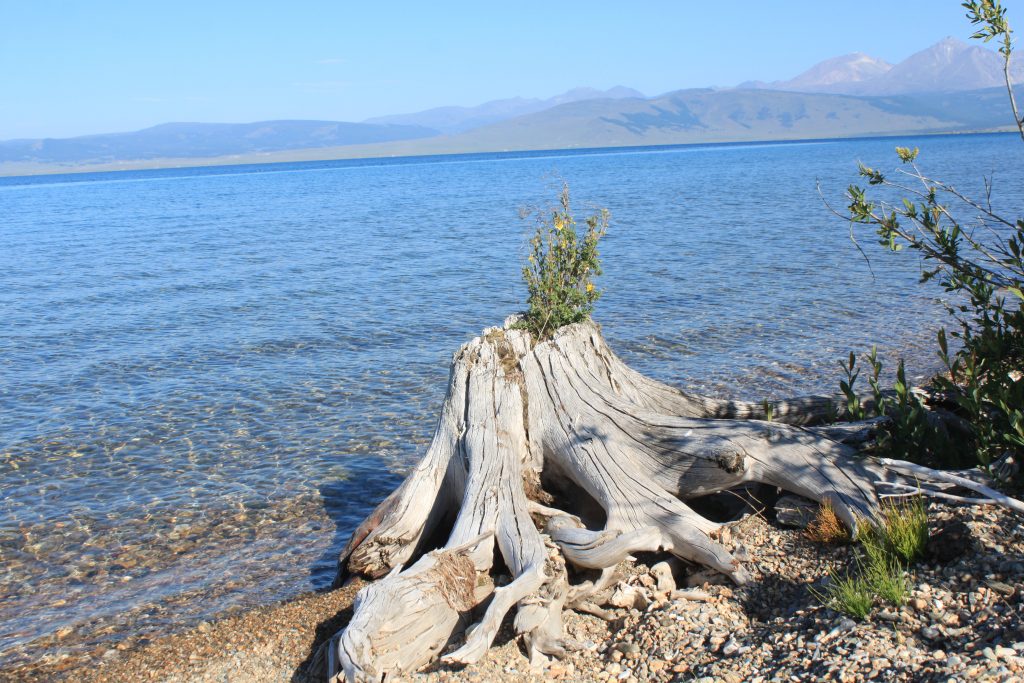
Nestled within the enchanting realms of northern Mongolia, Khuvsgul Lake offers a dreamscape of reflection and serenity. As the second-largest freshwater lake in the world, its expansive waters mirror the surrounding emerald forests and the vastness of the sky.
The mist-kissed mornings and ethereal sunsets paint the lake in a kaleidoscope of colors, providing photographers with a canvas that embodies both tranquility and dynamism. The lake’s shores are adorned with traditional Mongolian gers, adding a cultural dimension to the photographs as they capture the harmonious coexistence of humanity and nature.
Orkhon Valley
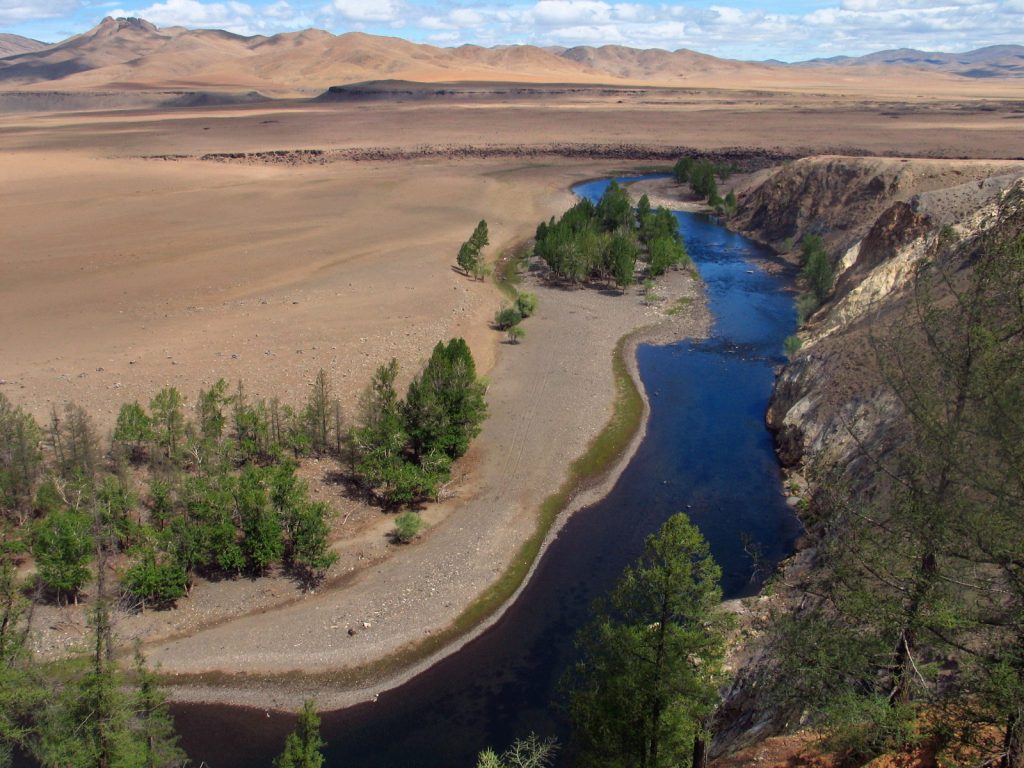
The UNESCO-listed Orkhon Valley unfolds as a living testament to Mongolia’s geological and historical narrative. Verdant meadows, set against the backdrop of dramatic lava formations, create a captivating contrast that photographers can artfully frame.
The Ulaan Tsutgalan Waterfall, also known as the Orkhon Falls, cascades in graceful grandeur, serving as a focal point for compositions that convey the juxtaposition of power and beauty. As the ancient heartland of the Mongolian Empire, the valley whispers stories of bygone eras, enriching photographs with a sense of timelessness and cultural heritage.
Altai Mountains

The Altai Mountains stand as guardians of Mongolia’s western frontier, offering a rugged and photogenic playground for landscape enthusiasts. Majestic snow-capped peaks reach towards the heavens, while alpine meadows and crystalline lakes rest at their feet.
Photographers can capture the interplay between light and shadow on the mountains’ slopes, revealing textures that shift as the sun traverses the sky. The Altai’s remoteness and untouched beauty beckon for panoramic shots that encapsulate the vastness and untamed spirit of this mountainous expanse.
Elsen Tasarkhai Sand Dunes
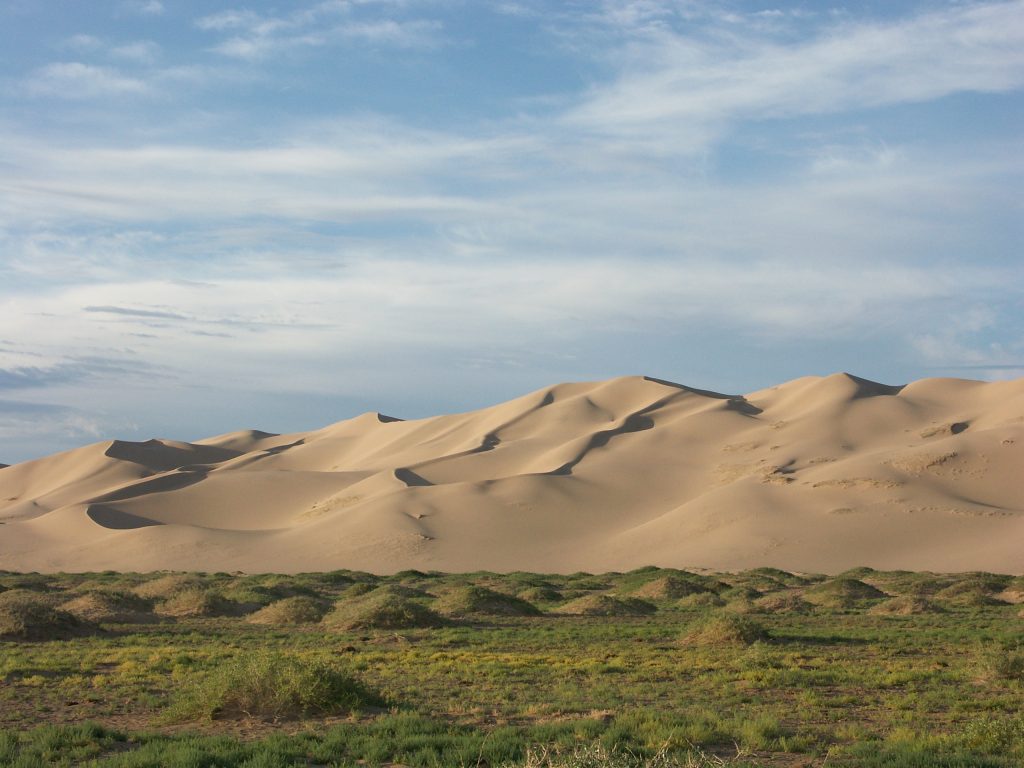
The Elsen Tasarkhai Sand Dunes, often referred to as the “Mini Gobi,” provide an intimate yet captivating glimpse into Mongolia’s desert landscapes. These semi-arid dunes, framed by lush greenery and a scattering of rocky hills, offer photographers a unique palette of colors and textures.
The stark contrast between the golden sands and the vibrant green of the surrounding vegetation creates a visual dichotomy that’s a joy to capture. As the winds sweep across the dunes, leaving behind intricate patterns, photographers have the opportunity to freeze these fleeting moments in time.
Terelj National Park
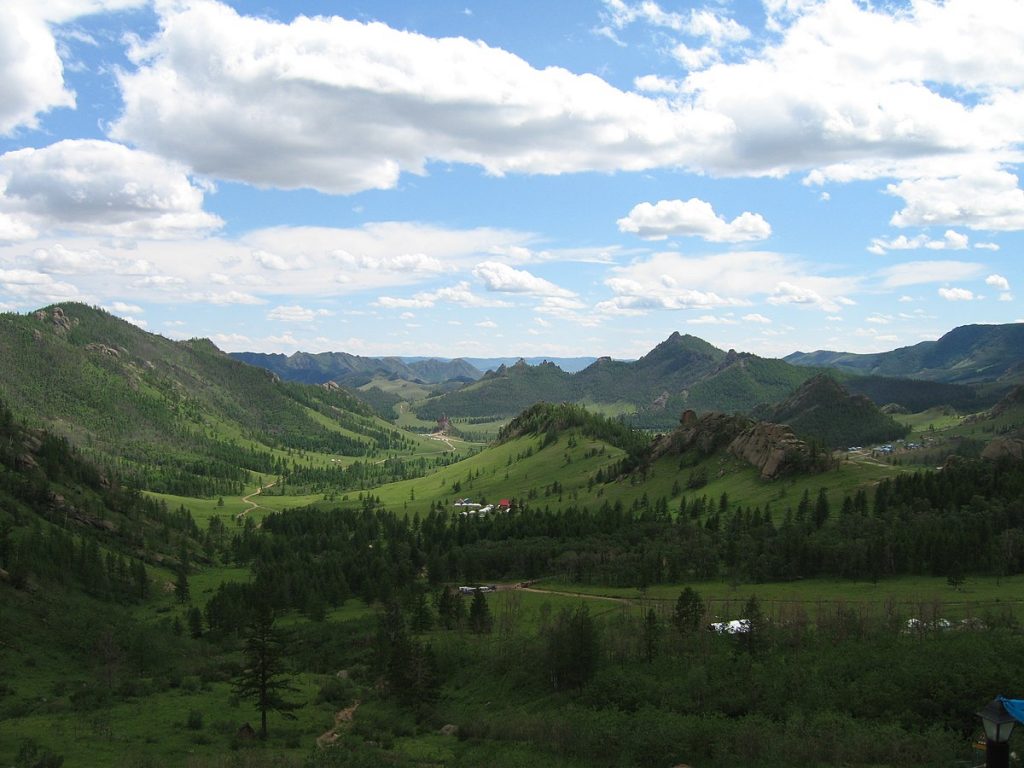
A mere stone’s throw from Mongolia’s capital, Ulaanbaatar, Terelj National Park invites photographers to a realm of captivating contrasts.
From the iconic Turtle Rock to the rugged mountain landscapes, the park offers diverse subjects for exploration. The Tuul River winds its way through the park, flanked by verdant valleys and patches of wildflowers. The unique combination of rocky formations and lush vegetation provides photographers with a wealth of possibilities, from intimate macro shots to sweeping vistas that showcase the park’s boundless beauty.
Bayanzag (Flaming Cliffs)
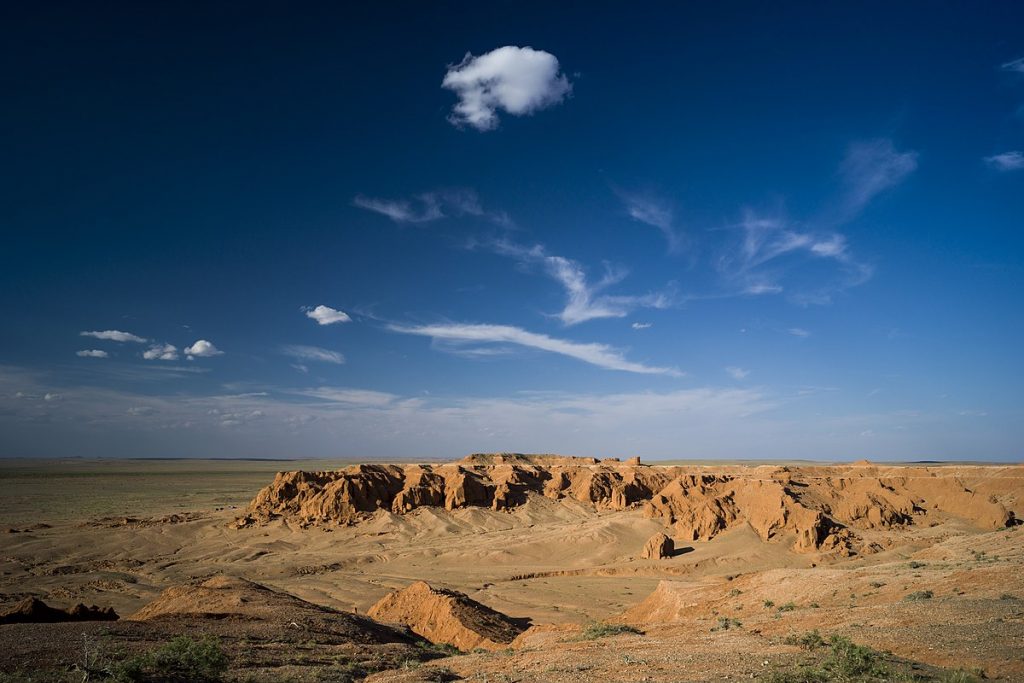
Bayanzag, known as the Flaming Cliffs, is a place of geological wonder and historical intrigue. The towering red sandstone formations create a fiery spectacle under the sun’s rays, offering photographers a chance to capture the vibrant hues of this unique landscape.
The cliffs hold a deeper secret within their layers — they are renowned for their rich deposits of dinosaur fossils. Photographers can skillfully juxtapose the ancient remnants of prehistoric creatures against the stunning backdrop, creating images that bridge the gap between past and present.
Kharkhorin
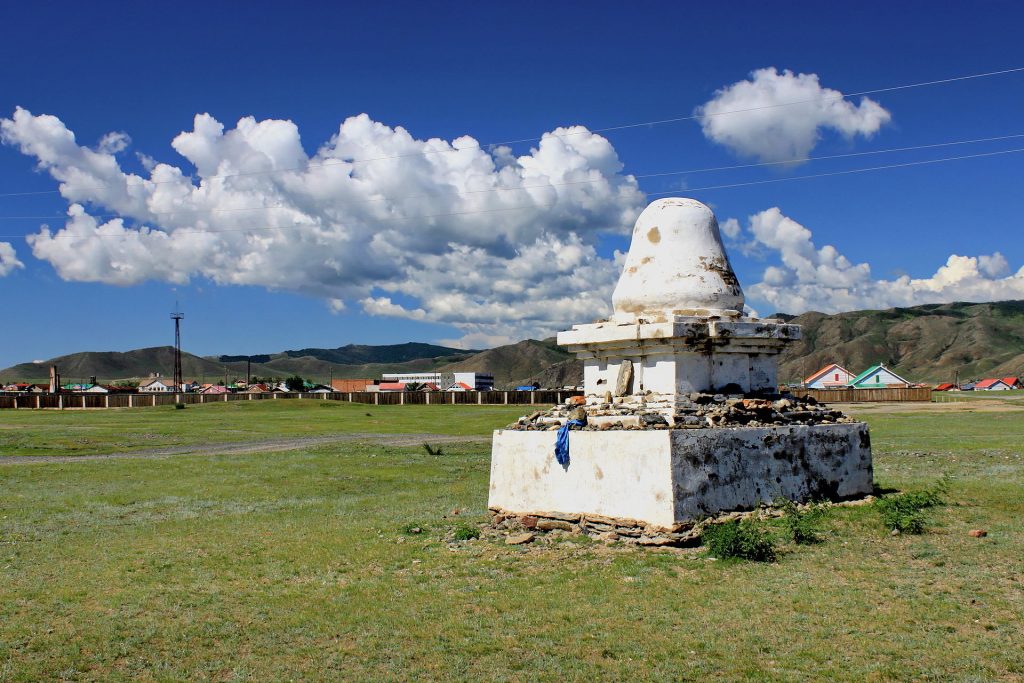
Formerly known as Karakorum, Kharkhorin holds historical and scenic significance for landscape photographers. The ruins of the ancient capital of the Mongol Empire stand against a backdrop of open plains and distant hills.
Photographers can play with composition, framing the remnants of ancient structures within the vastness of the landscape. The juxtaposition between the archaeological remnants and the expansive skies creates a sense of both continuity and change, allowing photographers to tell a visual story of Mongolia’s rich past.
Khuiten Peak
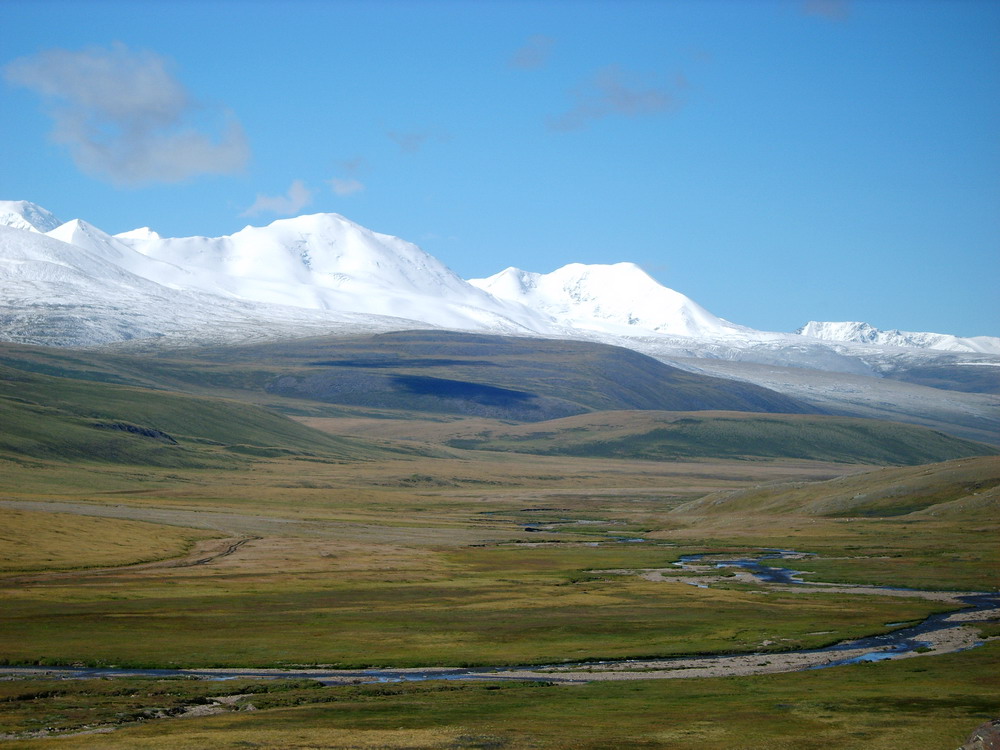
For adventurous landscape photographers, Khuiten Peak in the Altai Mountains offers an awe-inspiring subject. As the highest point in Mongolia, this snow-capped summit stands as a symbol of the country’s rugged grandeur. The journey to the peak provides ample opportunities to capture the changing landscapes, from alpine meadows to rocky ridges.
Photographers who reach the summit are rewarded with sweeping vistas that encompass the mountains, valleys, and skies, allowing them to encapsulate the spirit of Mongolia’s wild and untamed landscapes.
Uvs Nuur Basin

The Uvs Nuur Basin, a UNESCO World Heritage Site, presents photographers with a diverse and dynamic landscape. From the vast expanse of Uvs Nuur, Mongolia’s largest lake, to the surrounding mountains and steppe, this basin offers a range of subjects to capture.
Photographers can experiment with the reflection of the landscape on the lake’s surface, capturing the changing moods of the water. The surrounding hills and mountains provide opportunities for capturing the play of light and shadow as they dance across the terrain, resulting in images that tell the story of this unique ecological region.

